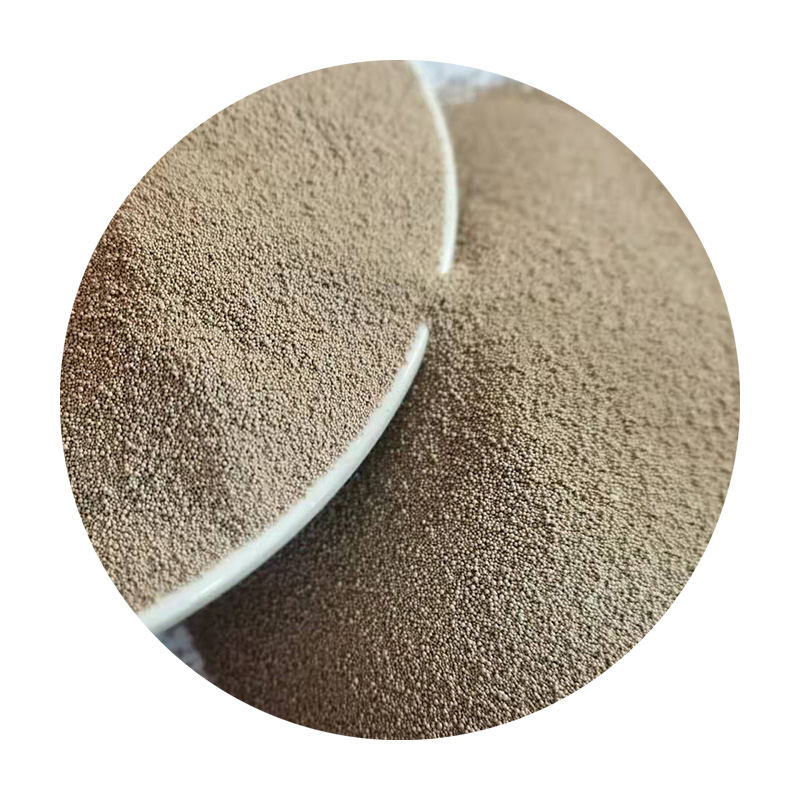Should You Sand 3D Prints? A Comprehensive Guide
3D printing has revolutionized the way we create objects, allowing for a level of customization and efficiency previously unachievable. However, once the printing process is complete, the resulting prints often require some post-processing to achieve the desired finish and functionality. One common post-processing technique is sanding, but is it necessary? This article will explore the reasons for sanding 3D prints, the benefits, and some tips for doing it effectively.
Why Sand 3D Prints?
When a 3D print is completed, it can come out with a variety of surface imperfections. Layer lines, rough edges, and visible print artifacts can detract from the overall look and feel of the object. This is especially true for items intended for display or those that require a smooth finish, such as figurines or prototypes.
Additionally, depending on the 3D printing technology used, some prints may have residual support structures or rough spots from the printing process that need to be smoothed out. Sanding can address these issues, helping to create a more polished and professional-looking final product.
Benefits of Sanding
1. Improved Aesthetics By sanding your 3D prints, you can significantly improve their appearance. The smoothing process can help reduce the visibility of layer lines and enhance the overall finish. For prints that are to be painted or coated, a smooth surface is crucial for ensuring even application of paint or finishes.
2. Enhanced Functionality Some objects may require specific functional attributes, such as fitting into another component or sliding smoothly. Sanding can help achieve the right dimensions, ensuring that parts fit together as intended.
should you sand 3d prints

3. Surface Preparation for Painting If you plan to paint your 3D print, sanding is essential. A well-sanded surface allows for better paint adhesion and a more uniform finish, leading to a more professional look.
Tips for Sanding 3D Prints
1. Choose the Right Grit Start with a coarser grit sandpaper (around 80-120 grit) to remove larger imperfections, and gradually move to finer grit (up to 400 or higher) for a smoother finish. This stepwise approach helps avoid gouging or damaging the print.
2. Wet Sanding For certain materials, like PLA, wet sanding can be particularly effective. By using water while sanding, you reduce dust and improve the sanding quality, resulting in a finer finish.
3. Be Patient Sanding can be time-consuming, especially if you are aiming for a flawless surface. Take your time, and check your progress regularly to ensure you don’t oversand or alter the dimensions of your print.
4. Use Appropriate Techniques Employ different sanding techniques based on the design of your print. For flat areas, a flat sanding block can be useful, while for curves or intricate details, hand sanding may be more effective.
Conclusion
In conclusion, sanding 3D prints is not just an optional step; it can significantly impact the look and functionality of your creations. Whether you seek a sleek finish for display or improved fit for practical use, investing the time in sanding can make all the difference. With the right tools and techniques, you’ll be able to elevate your 3D prints to a whole new level.
Post time:កញ្ញា . 12, 2024 08:32
Next:Foundry Sand Composition
